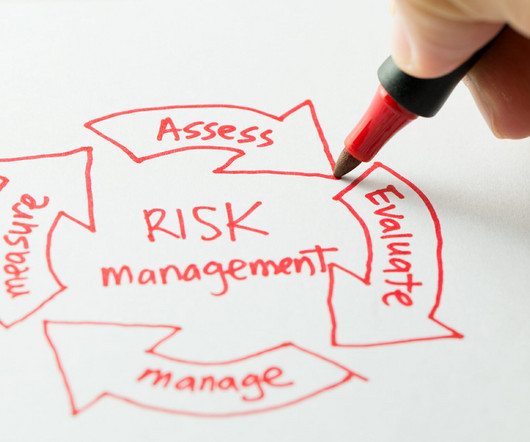ESS Presentations at NFPA C&E Address a Wide Range of Issues, Including the Hazards They Present and Tactical Approaches for Mitigation
National Fire Protection Association
JUNE 20, 2023
An NFPA Journal article, “ESS Prep,” by Angelo Verzoni highlights improved ESS training and regulation as keys to a safe coexistence with this evolving and complex hazard. This panel discussion offers perspectives from manufacturers, AHJs, FPEs/consultants, developer/installer/maintainers, and insurance and fire service.



















Let's personalize your content